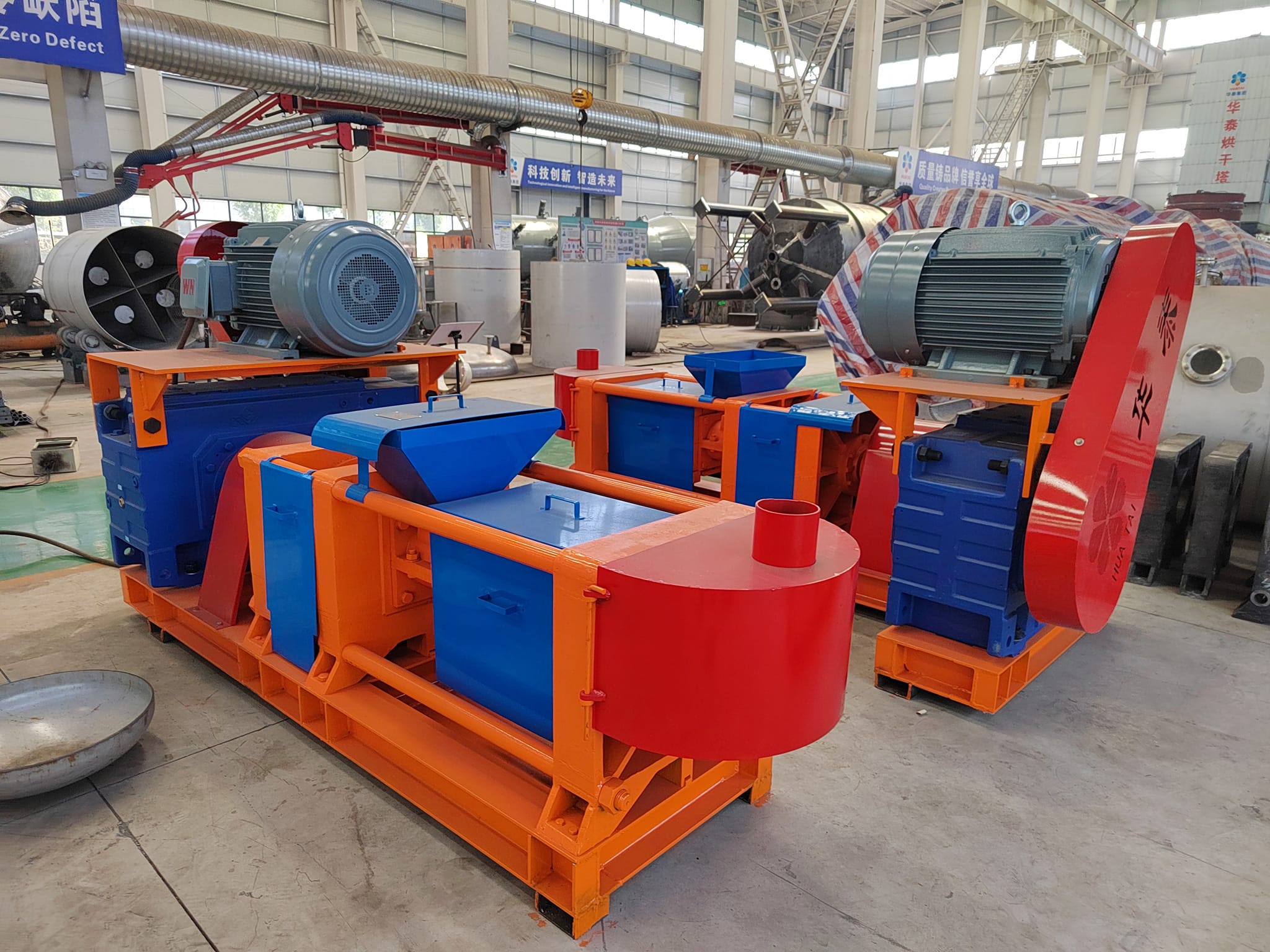China leading palm oil mill plant machine manufacturer and supplier
Email:info01@cnoilmachine.com
Palm kernel oil, a byproduct of palm oil mills, has an oil content of approximately 48% after drying. Rich in C12 lauric acid and C14 myristic acid, it is a key source of high-end detergents and surfactants. Market demand for palm kernel oil is increasing annually, exceeding supply. It is widely used as an organic raw material in health foods, pharmaceuticals, cosmetics, detergents, and other products, and enjoys a high market value.
Overview of the Palm Kernel Oil Pressing Process: Palm kernels collected from palm oil mills undergo drying and secondary pressing to produce crude palm kernel oil (CPKO) and palm kernel meal (PKM). The palm kernel meal is crushed, fermented, and packaged for use as an animal feed ingredient.

After pressing, the palm kernel oil is filtered and recovered through settling, and the residue is then re-pressed. The remaining palm kernel oil is filtered, dried, and stored. Key equipment includes: kernel drying bin (optional), palm kernel screw and scraper conveyors, residue skimmer, disc filter, air compressor, and palm kernel oil storage tank.
The secondary pressing process is widely used in the market, but the oil content of palm meal after secondary pressing is still around 8-10%. If animal feed is not a consideration, a single pressing +extraction process can be used. This can significantly increase yield and control the residual oil content in the meal to ≤1%. Customers can choose different processes based on their needs.
If you are interested in our palm oil machine and palm oil mill plant. You can contact us through online consultation, filling out the form below, email, phone, etc. Our engineers will customize the most suitable plan and best price for you.